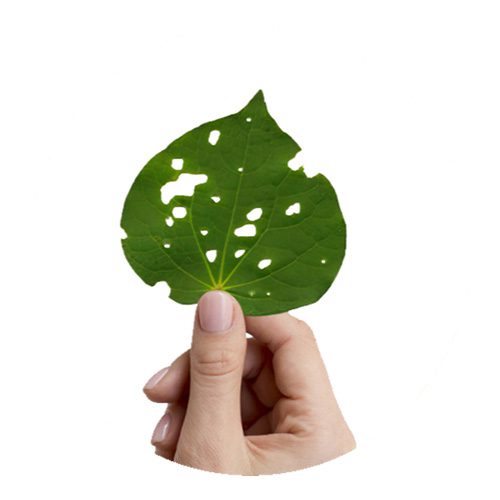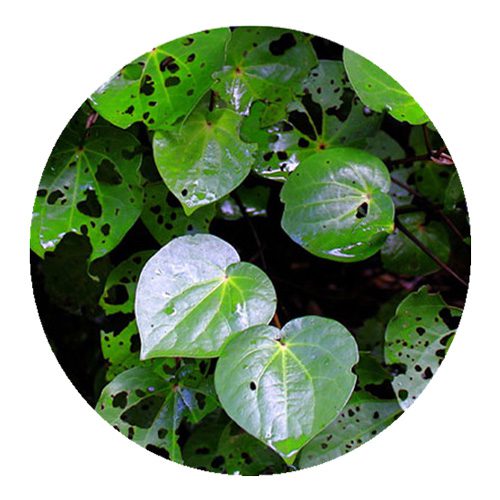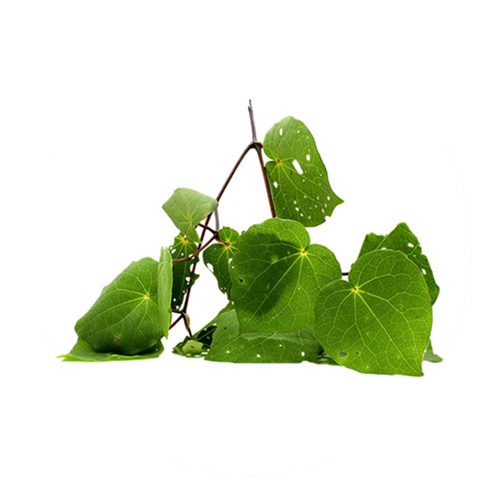Kawakawa (Piper excelsum)

What is Kawakawa?
Kawakawa (Piper excelsum), also known as the New Zealand Pepper Tree, is a native plant found throughout Aotearoa New Zealand’s lowland and coastal forests. Its heart-shaped, hole-ridden leaves make it easily recognisable, and it holds a special place in the traditional practices of Māori, who have long valued its many uses.
Kawakawa has a rich history of use in traditional Māori rongoā (healing systems), where the leaves were commonly applied to the skin in various forms. Kawakawa is often used today in natural skincare formulations for its calming, soothing, and restorative qualities, particularly on sensitive or reactive skin.
Traditional Uses and Natural Properties
Traditionally, Kawakawa leaves were used in a variety of ways, including as a poultice made by crushing the leaves and applying them to the skin. This preparation was used to soothe a range of topical concerns. Oral traditions also tell of people gently chewing the leaves to support comfort during toothaches.
Modern scientific interest in Kawakawa has identified a number of naturally occurring compounds in the plant, including myristicin, elemicin, diayangambin, lignans, and amides.
These constituents have been studied for their bioactive properties, which include antibacterial and antifungal activity, and their potential to support the skin’s natural repair processes.
One of these compounds, myristicin, has been observed in studies to help modulate the body’s natural response to environmental stressors. Diayangambin, a lignan, has attracted interest for its potential role in supporting the skin’s natural balance and immune response.
While these findings are promising, further research is ongoing to understand how they might contribute to topical applications.


Where Kawakawa Grows
Kawakawa is native to New Zealand and thrives in coastal and lowland forests, especially in the North Island and the northern regions of the South Island.
It prefers moist, well-draining soils and is commonly found in partially shaded environments, often growing under the protective canopy of larger trees.
Though adaptable to various conditions, including exposed, windy areas, kawakawa is sensitive to frost. Its affinity for dappled light and warm, sheltered microclimates explains its distribution across Aotearoa’s unique forest ecosystems.

